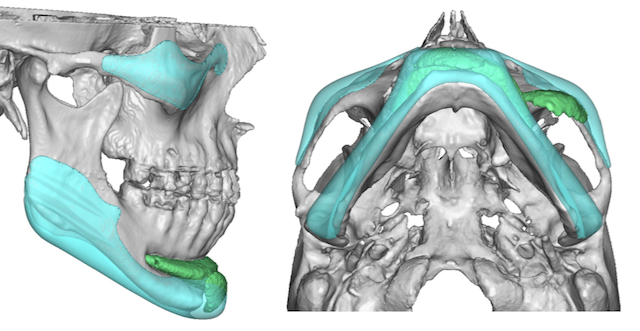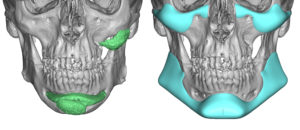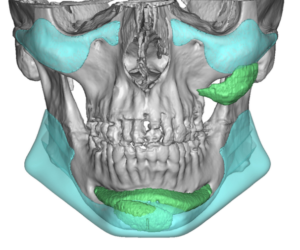Background: Beyond the effectiveness of surgical implants, their long-term existence in the human body leaves a record of the technology of the devices at the time of their placement. Facial implants are no different in this regard and what was used decades ago isdifferent today. The use of 3D CT imaging allows for the identification of implants used in the face and shows a clear outline of their shape, density and the reaction of the underlying bone to it.
The original facial implant was that of the chin. Unlike the solid implants seen today, one of the first synthetic chin implants consisted of an inner silicone gel with an outer containment shell…very similar to breast implants. The concept at that time viewed augmentation was a soft tissue implant. Fifty years later the sophistication of the ‘simple’ chin implant has evolved considerably,
In seeing older patients today for custom facial enhancements, many will have indwelling implants. In some cases they were done a long time ago to address a facial concern which was improved but left for further improvement…hence they seek at an older age for further surgical improvements with new implant technology.
Case Study: This older male presented for facial augmentations of the cheek and jawline. He had a prior history of two chin augmentation procedures and a unilateral left cheek implant. He desired an overall stronger and more defined jawline with a high cheekbone look.
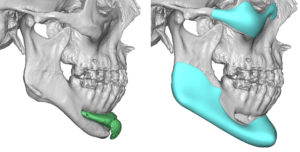
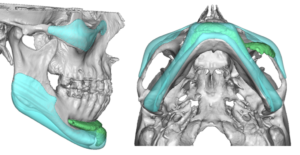
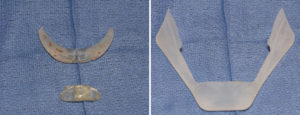
Existing facial implants serve several useful purposes. Through 3D imaging they show what was done with a known external aesthetic effect. This provides a guide as to how to get a better aesthetic effect with increased surface area and dimensional changes. Their existing tissue pockets may help with the new implant placements but often capsulotomies and bone overgrowth removal must be done.
Case Highlights:
1) Older male patients usually have indwelling cheek and chin implants from prior facial enhancements often done decades ago.
2) Decade old facial implants often have types and styles which may no longer exist today.
3) Custom infraorbital-malar and jawline implant offer a contemporary approach to improve upon prior facial skeletal enhancements.
Dr. Barry Eppley
Indianapolis, Indiana

